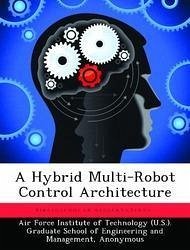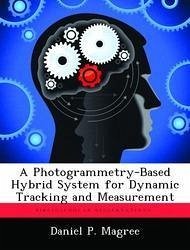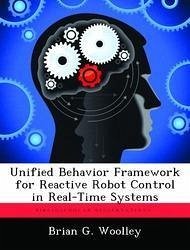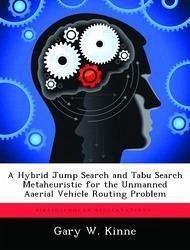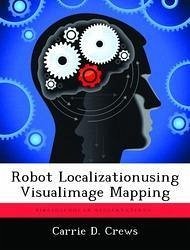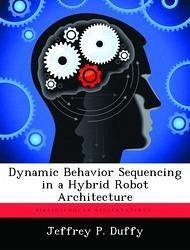
Dynamic Behavior Sequencing in a Hybrid Robot Architecture
Versandkostenfrei!
Versandfertig in über 4 Wochen
56,99 €
inkl. MwSt.

PAYBACK Punkte
28 °P sammeln!
Hybrid robot control architectures separate plans, coordination, and actions into separate processing layers to provide deliberative and reactive functionality.This approach promotes more complex systems that perform well in goal-oriented and dynamic environments. In various architectures, the connections andcontents of the functional layers are tightly coupled so system updates and changes require major changes throughout the system. This work proposes anabstract behavior representation, a dynamic behavior hierarchy generation algorithm, and an architecture design to reduce this major change ...
Hybrid robot control architectures separate plans, coordination, and actions into separate processing layers to provide deliberative and reactive functionality.This approach promotes more complex systems that perform well in goal-oriented and dynamic environments. In various architectures, the connections andcontents of the functional layers are tightly coupled so system updates and changes require major changes throughout the system. This work proposes anabstract behavior representation, a dynamic behavior hierarchy generation algorithm, and an architecture design to reduce this major change incorporationprocess. The behavior representation provides an abstract interface for loose coupling of behavior planning and execution components. The hierarchygeneration algorithm utilizes the interface allowing dynamic sequencing of behaviors based on behavior descriptions and system objectives without knowledge ofthe low-level implementation or the high-level goals the behaviors achieve. This is accomplished within the proposed architecture design, which is based on theThree Layer Architecture (TLA) paradigm.





